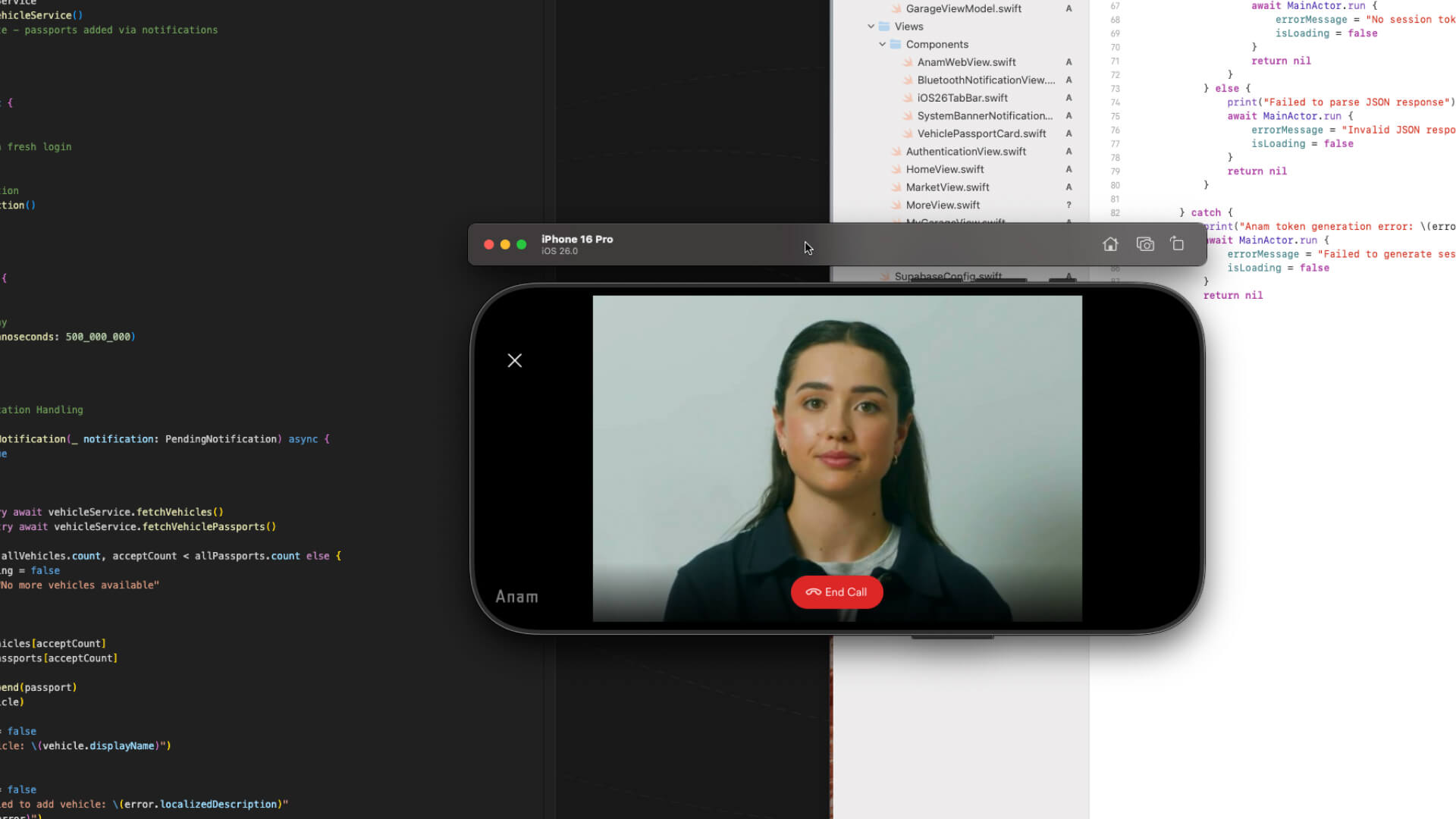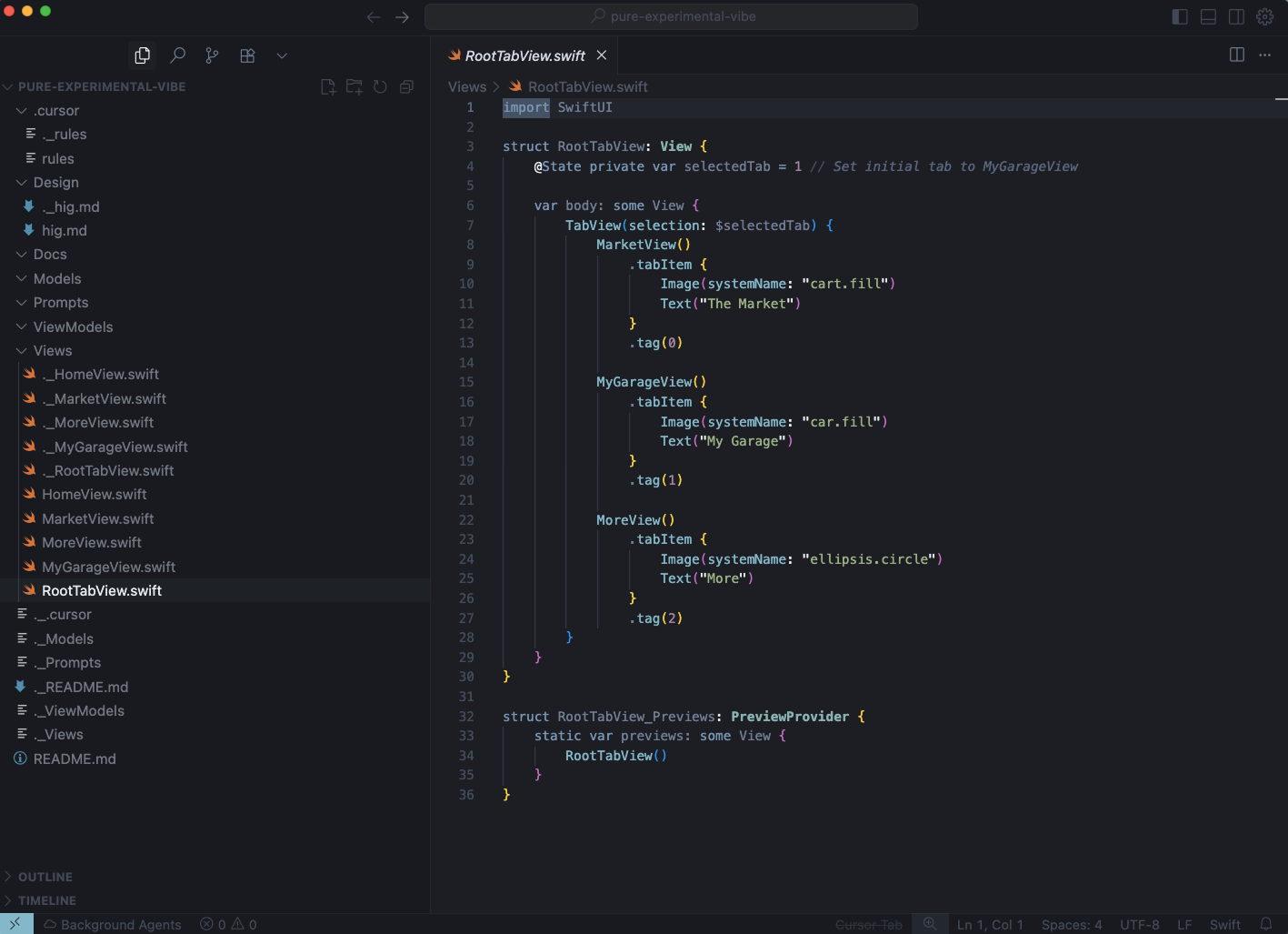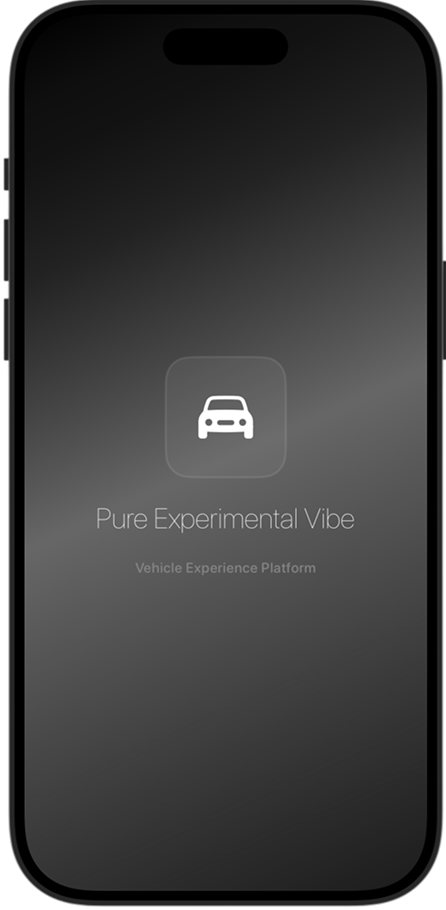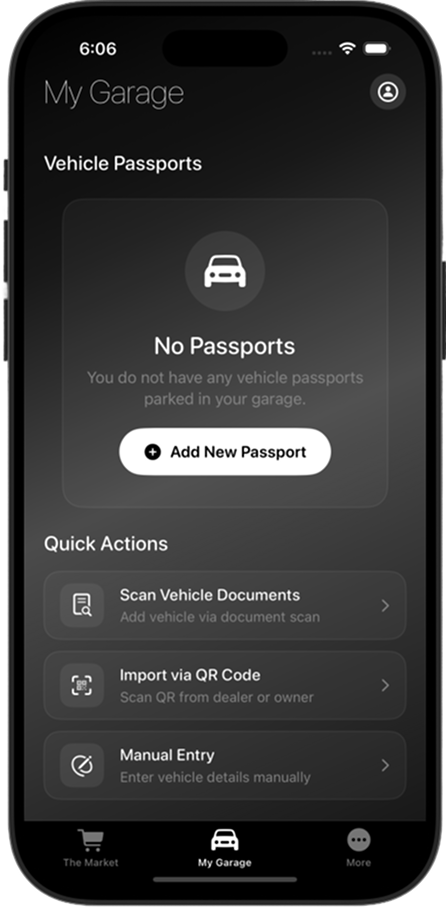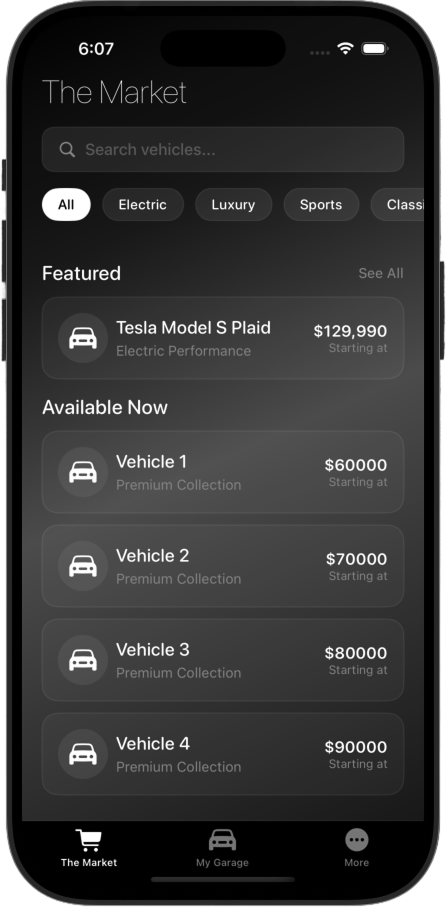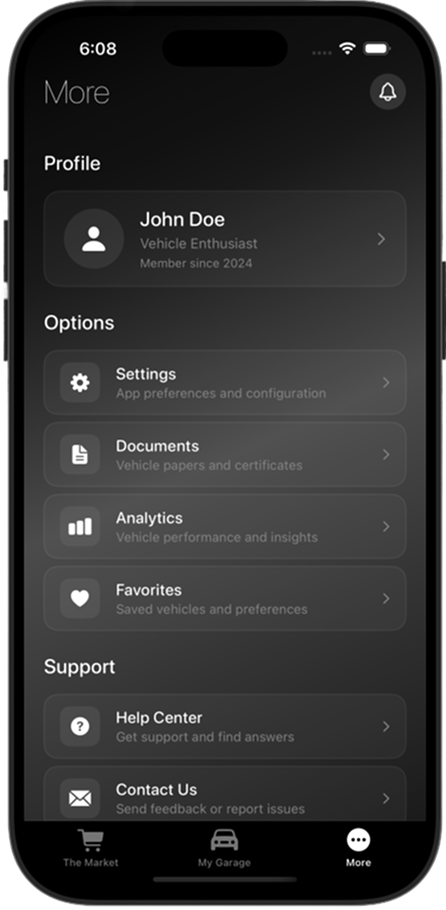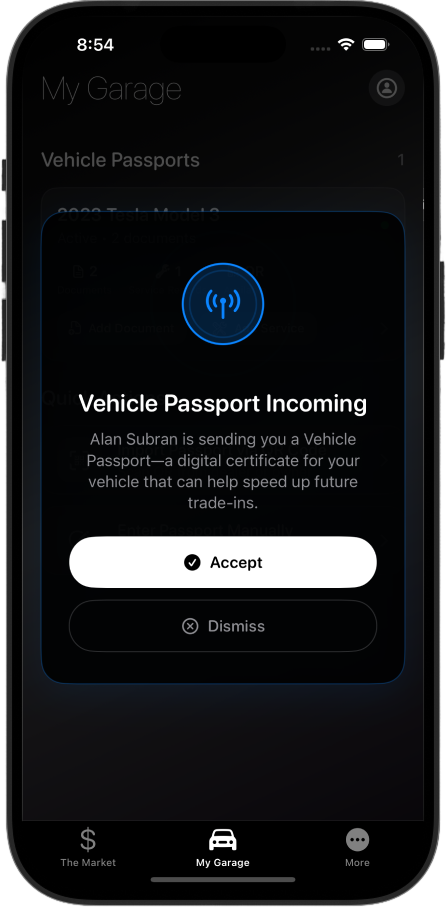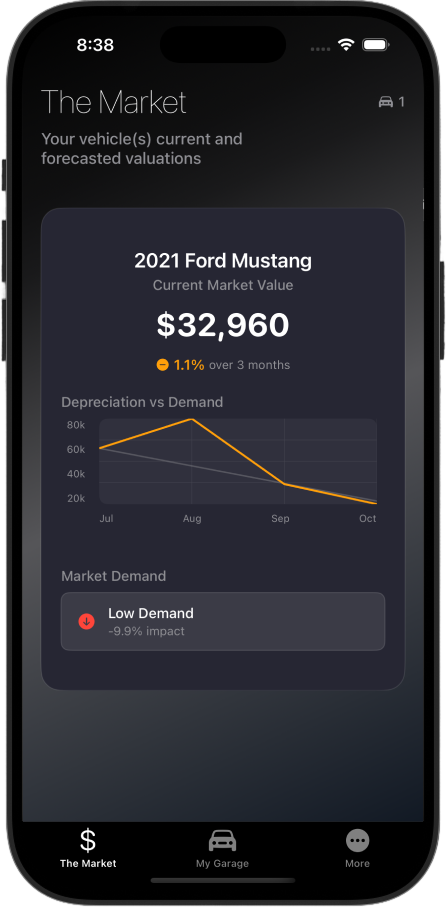ChatGPT response…
Step 1: Define the Project Foundation
Inside PURE-EXPERIMENTAL-VIBE, create:
- README.md
Project overview for developers and AI tools; links all other docs
- PROJECT_OVERVIEW.md
Describes the app’s goals, platform targets, architecture, and design assumptions
- API_INTEGRATION.md
Explains how real (Supabase) and simulated (Bluetooth, QR, mock data) systems are used
- SUPABASE_INTEGRATION_GUIDE.md
Technical guide for integrating Supabase (auth, data, storage, view models)
- HIG_REFERENCE.md
Your interpretation of Apple’s Human Interface Guidelines for layout, navigation, and interaction
- GLASS_EFFECT_IMPLEMENTATION.md
Defines your reusable glass effects system and how/when to apply each one
- SEMANTIC_COLOR_MIGRATION_SUMMARY.md
A log of how you transitioned from custom colors to Apple’s semantic system
- DESIGN_SYSTEM.md
Enforces layout, spacing, color, materials, responsiveness, and accessibility for UI components
ChatGPT went on to suggest instructions for all of the .md files. Here’s what was suggested for the READ_ME.md file…
# PlayingAround – iOS Native App
**PlayingAround** is a native iOS app built with Swift and SwiftUI, designed around Apple’s **iOS 26 Human Interface Guidelines**. It enables users to create, manage, and transfer digital **Vehicle Passports** — structured records that capture a vehicle's static and dynamic history.
The app supports peer-to-peer networking for digital vehicle handoff via simulated **Bluetooth notifications** and **QR code scans**, and is backed by a live **Supabase** instance for data warehousing and authentication.
---
## Project Structure & Documentation
All project constraints, architectural assumptions, and design rules are documented and enforced through the following files:
### Core Docs (`/Docs/`)
| File | Purpose |
| ------------------------------------- | ----------------------------------------------------------------------- |
| `PROJECT_OVERVIEW.md` | Defines architecture, SDKs, and app goals |
| `API_INTEGRATION.md` | Explains Supabase, mocked data, Bluetooth simulation, and QR flows |
| `HIG_REFERENCE.md` | Interprets Apple’s Human Interface Guidelines (iOS 26) for this project |
| `SUPABASE_INTEGRATION_GUIDE.md` | Developer guide to backend setup, auth, storage, and subscriptions |
| `SEMANTIC_COLOR_MIGRATION_SUMMARY.md` | Historical record of semantic color migration and implementation impact |
### Visual System (`/Design/`)
| File | Purpose |
| ------------------ | ----------------------------------------------------------------------- |
| `DESIGN_SYSTEM.md` | Documents layout, component patterns, spacing rules, and visual styling |
These documents serve as the **source of truth** for developers, designers, and AI coding assistants (Cursor, Claude, GPT, etc.).
---
## AI/Assistant Usage Guidelines
Any AI agent or pair-programming assistant should:
* Use **Apple-native SwiftUI components only** unless otherwise specified
* Follow the rules in `Docs/HIG_REFERENCE.md` and `Design/DESIGN_SYSTEM.md`
* Support layout that adapts to **iPhone and iPad** in **portrait and landscape** orientations
* Prefer `.glassBackgroundEffect()` and other native iOS 26 materials
* Avoid using third-party libraries unless noted in `PROJECT_OVERVIEW.md`
* Avoid custom UI controls when a native SwiftUI solution exists
Reference comments may be placed at the top of view files to reinforce expectations:
```swift
// Reference: Docs/HIG_REFERENCE.md and Design/DESIGN_SYSTEM.md
// Constraints:
// - Use Apple-native SwiftUI controls
// - Follow iOS 26 Human Interface Guidelines
// - Avoid custom or third-party components unless explicitly allowed
```
---
## Current Prototype Status
* Supabase integrated for auth and vehicle data
* QR and Bluetooth interactions simulated
* Glass material views tested on iPhone 16 Pro (393x852)
* Local caching pending
* UI state loading refinements in progress
---
> This project evolves with Apple’s platform updates. For guidance, always consult the latest versions of the markdown files in `/Docs/` and `/Design/`.
…here are the instructions ChatGPT provided for the HIG_REFERENCE.md file…
HIG_REFERENCE.md
This document defines the design and development expectations for this app, which targets iOS 26 (public beta of iOS 18), using SwiftUI and Apple’s native iOS UI components.
Reference:
https://developer.apple.com/design/human-interface-guidelines
https://developer.apple.com/documentation/swiftui/view/glassbackgroundeffect/
Project Intent
This is a native iOS application using only Apple’s official SwiftUI controls, built to comply with the latest Human Interface Guidelines and optimized for the Liquid Glass UI introduced in iOS 26.
• Use Apple-native layout patterns — no custom navigation or component libraries
• Prioritize clarity, depth, deference, and accessibility
• Incorporate Liquid Glass styling using .glassBackgroundEffect() where appropriate
• Target iPhone 16 Pro layout (393x852) as default preview resolution
• Respect all system standards for font scaling, semantic colors, and material rendering
• Use semantic text styles and accessibility modifiers (e.g., accessibilityLabel)
• Use the entire available set of Apple-native SwiftUI components where applicable — including but not limited to TabView, List, Form, NavigationStack, Chart, Map, Gauge, Picker, and others
Core Principles
Apple’s design language follows three key principles:
• Clarity – Interfaces are precise and easy to understand
• Deference – UI supports the content without overpowering it
• Depth – Transitions and visual hierarchy reinforce navigation and context
Layout & Navigation
Adaptive Layout Requirements
• All views must adapt seamlessly to both portrait and landscape orientations
• Support compact and regular size classes — especially when transitioning between iPhone and iPad
• Use SwiftUI’s layout system (GeometryReader, .containerRelativeFrame(), adaptiveStack, etc.) to avoid fixed positioning
• Test across devices (e.g., iPhone 16 Pro, iPad Air, iPad Mini) in both orientations to ensure consistent spacing, alignment, and visual hierarchy
• Use SwiftUI-native containers: NavigationStack, TabView, Form, List
• Apply system spacing and safe areas using padding(), Spacer(), and .containerRelativeFrame()
• Avoid absolute positioning or fixed frames
• Support modal and sheet-based presentation with system transitions
• Use adaptive layouts that work in both compact and regular environments
Visual Style (iOS 26 UI + Liquid Glass)
• Use .glassBackgroundEffect() for surfaces and system containers (iOS 26+ only)
• Always wrap iOS 26-specific features in:
if #available(iOS 26, *) {
// iOS 26 UI logic
}
Light & Dark Mode Support
• All views must support automatic theme switching
• Use only semantic colors (.primary, .background, .label, etc.)
• Avoid hardcoded Color.white or Color.black
• Maintain contrast with subtle border color shifts (~15% opacity) depending on mode
• Blur and shadow effects must appear native and consistent across modes
Accessibility
System Spacing Utility
Use the SystemSpacing view for consistent vertical gaps between views. This utility wraps a native Spacer(minLength: 8) to promote semantic spacing aligned with system layout rhythm.
SystemSpacing()
Avoid arbitrary spacing values like .padding(.top, 13) unless explicitly required for alignment or by Apple’s design documentation.
• Use Dynamic Type with Text roles like .title2, .body, .caption
• Implement accessibilityLabel, accessibilityValue, and accessibilityHint where appropriate
• Avoid fixed sizing or positioning that disrupts screen reader behavior
Avoid
• Third-party component libraries unless explicitly approved (e.g., Swift Charts is allowed)
• Custom shadows or blur that override system behavior
• Overuse of ZStack for layout layering
• Fixed positioning or hardcoded frame sizes
⸻
This document evolves with iOS 26 releases. Refer to Apple’s latest Human Interface Guidelines for new updates.
